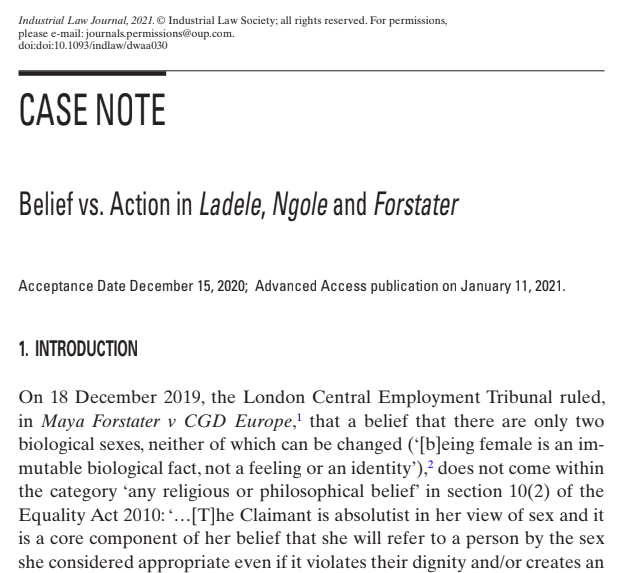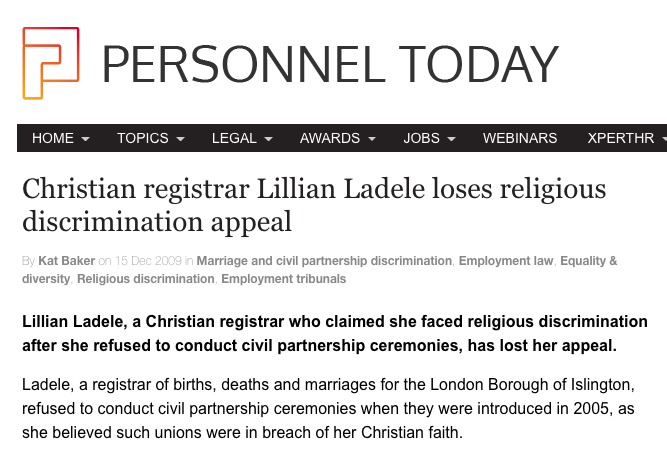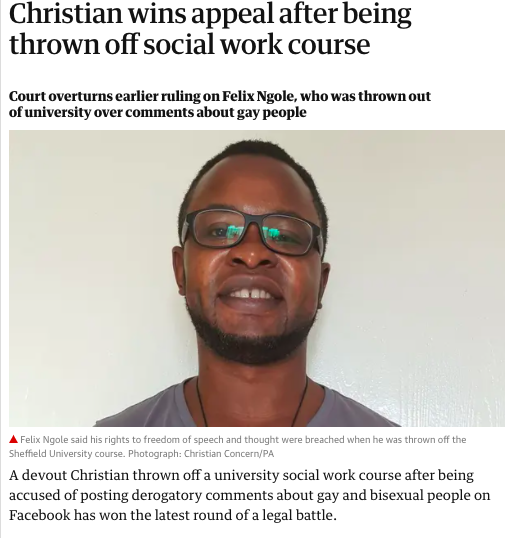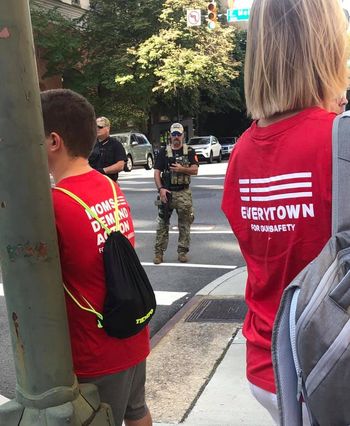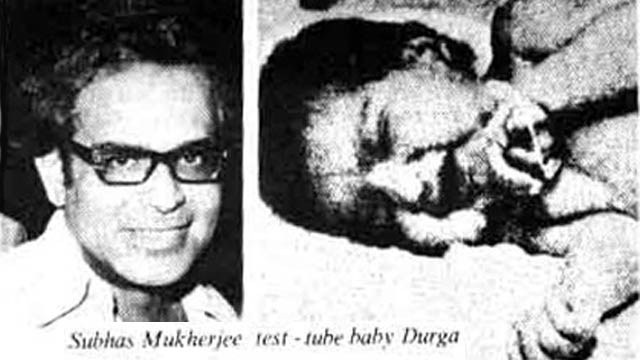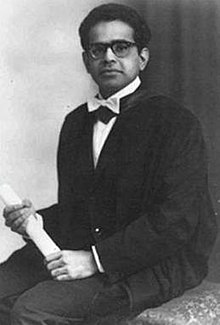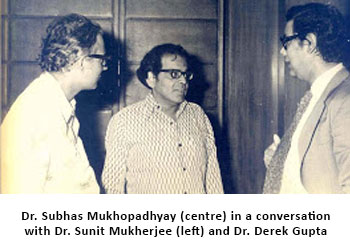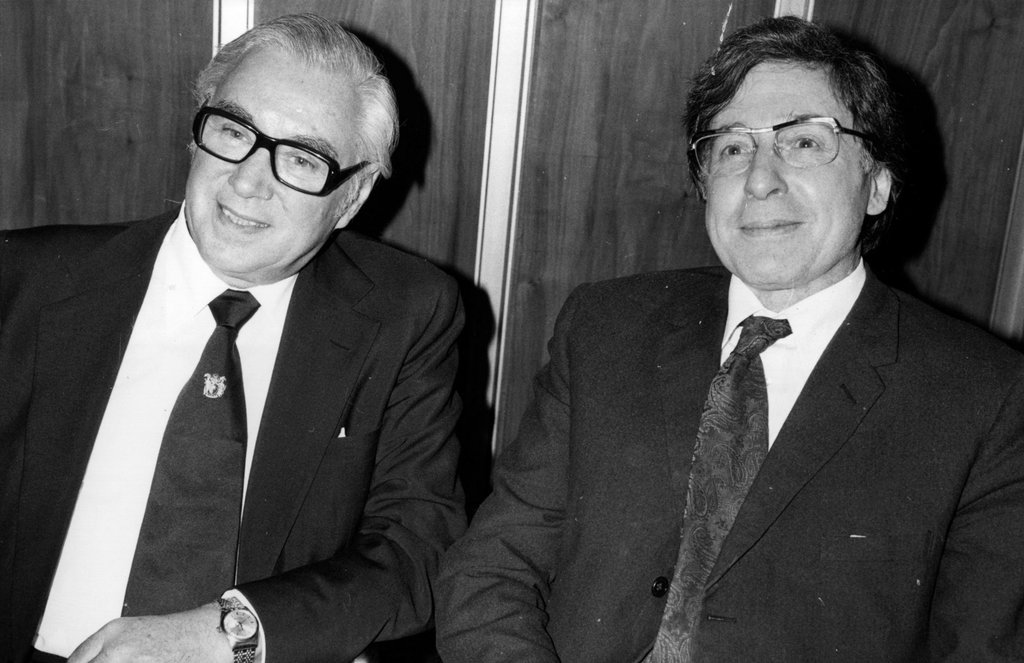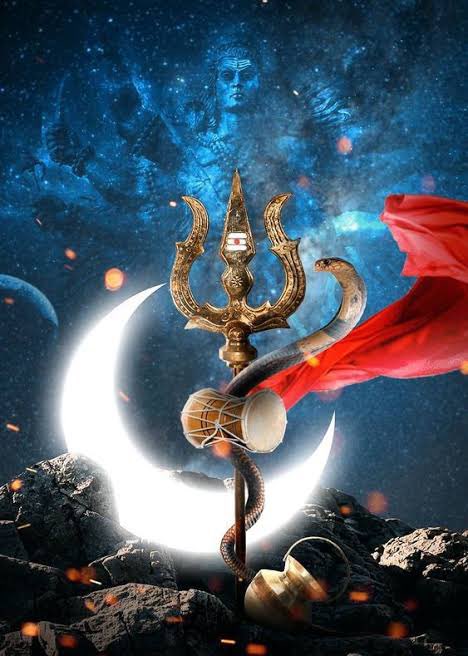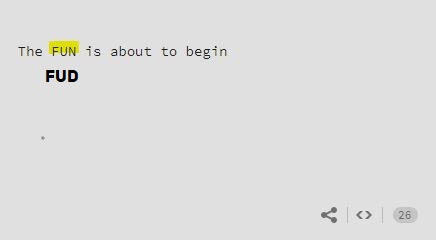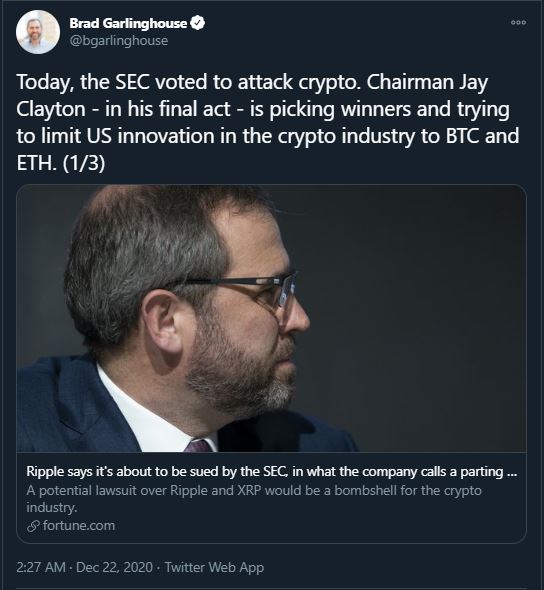Yesterday #StanSwamy died, after eight months in prison conditions that exacerbated his Parkinson's. He was one of the jailed human-rights advocates aka #BhimaKoregaon 16.
The story of the evidence against them is... amazing and bizarre, and is worth going over. A thread.
They openly detailed requirements for arms and planned attacks, without using code-words.
Sudha Bharadwaj, who had to pass her lawyer a handwritten note, called the evidence against her "a totally concocted letter fabricated to criminalise me and other human rights lawyers, activists, organisations."
Stan Swamy, aged 84, was reduced to agony by Parkinson's. Then he tested positive for Covid. He pled for bail, but the NIA relentlessly opposed it, saying there was no "conclusive proof" of his ailments.
Still, he died of them
Which is strange, given the flagrant plot: to assassinate! the Prime Minister!! And all the evidence, already splashed across national TV.
Yet instead of a swift conviction, the trial has not even begun.
They then spent over 300 hours on Wilson's data alone
A nearly two-year timespan during which an attacker had access to the activists' laptops and used it "for surveillance and incriminating document delivery".
Arsenal decrypted NetWire logs on Wilson’s computer, and found activity from 2016 until hours before Wilson’s computer was seized by police.
In February, after Arsenal's first report debunked the 'evidence' on Wilson's computer, defense lawyers rushed to move the High Court – to no avail.
His next bail hearing was scheduled for July 6. //
More from Legal
You May Also Like
1/“What would need to be true for you to….X”
Why is this the most powerful question you can ask when attempting to reach an agreement with another human being or organization?
A thread, co-written by @deanmbrody:
2/ First, “X” could be lots of things. Examples: What would need to be true for you to
- “Feel it's in our best interest for me to be CMO"
- “Feel that we’re in a good place as a company”
- “Feel that we’re on the same page”
- “Feel that we both got what we wanted from this deal
3/ Normally, we aren’t that direct. Example from startup/VC land:
Founders leave VC meetings thinking that every VC will invest, but they rarely do.
Worse over, the founders don’t know what they need to do in order to be fundable.
4/ So why should you ask the magic Q?
To get clarity.
You want to know where you stand, and what it takes to get what you want in a way that also gets them what they want.
It also holds them (mentally) accountable once the thing they need becomes true.
5/ Staying in the context of soliciting investors, the question is “what would need to be true for you to want to invest (or partner with us on this journey, etc)?”
Multiple responses to this question are likely to deliver a positive result.
Why is this the most powerful question you can ask when attempting to reach an agreement with another human being or organization?
A thread, co-written by @deanmbrody:
Next level tactic when closing a sale, candidate, or investment:
— Erik Torenberg (@eriktorenberg) February 27, 2018
Ask: \u201cWhat needs to be true for you to be all in?\u201d
You'll usually get an explicit answer that you might not get otherwise. It also holds them accountable once the thing they need becomes true.
2/ First, “X” could be lots of things. Examples: What would need to be true for you to
- “Feel it's in our best interest for me to be CMO"
- “Feel that we’re in a good place as a company”
- “Feel that we’re on the same page”
- “Feel that we both got what we wanted from this deal
3/ Normally, we aren’t that direct. Example from startup/VC land:
Founders leave VC meetings thinking that every VC will invest, but they rarely do.
Worse over, the founders don’t know what they need to do in order to be fundable.
4/ So why should you ask the magic Q?
To get clarity.
You want to know where you stand, and what it takes to get what you want in a way that also gets them what they want.
It also holds them (mentally) accountable once the thing they need becomes true.
5/ Staying in the context of soliciting investors, the question is “what would need to be true for you to want to invest (or partner with us on this journey, etc)?”
Multiple responses to this question are likely to deliver a positive result.



